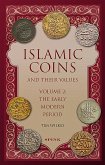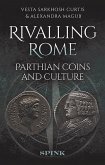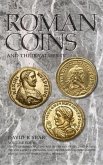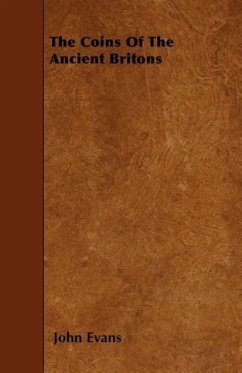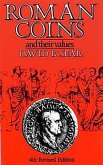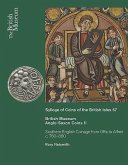The Sylloge is a major series of catalogues of British and Irish coins in public and significant private collections, describing and illustrating coins and tokens ranging from Ancient British issues to those of the 17th century. The greatest coverage has been of the Anglo-Saxon period. This is a fundamental source of material for the study of coin issues and moneyers, designs and die-cutting styles, metrology, hoards and single-finds, and personal- and place-name forms. The volumes are of relevance not only to numismatists, but also to archaeologists and historians who increasingly have grown aware of the need to understand and use numismatic evidence. This book records, illustrates and describes the early Anglo-Saxon collection of Tony Abramson: one of the premier private assemblages of gold, silver and base-metal coins from the early medieval period, amounting to over 1,100 specimens. Traditionally known as gold shillings or thrymsas and silver pennies or sceattas, the coinages represented in this volume formed the first currency of Anglo-Saxon England, from c. 600 onwards. The entire Abramson collection is deposited at the Fitzwilliam Museum, Cambridge, on lifetime loan. It represents a critical resource for all serious students of early Anglo-Saxon archaeology, history and numismatics.


